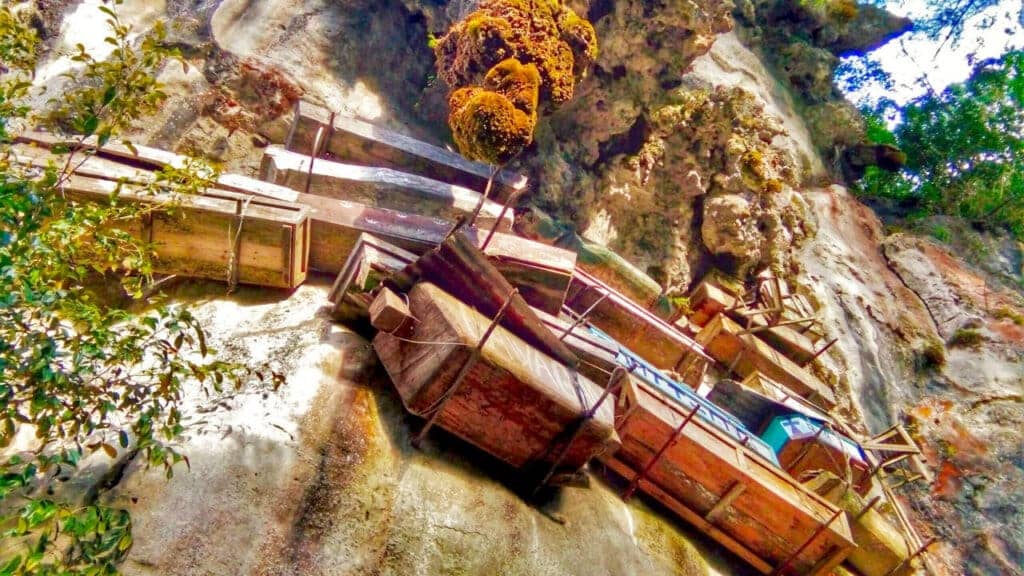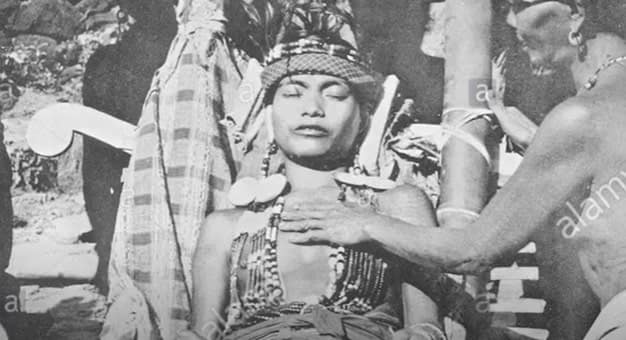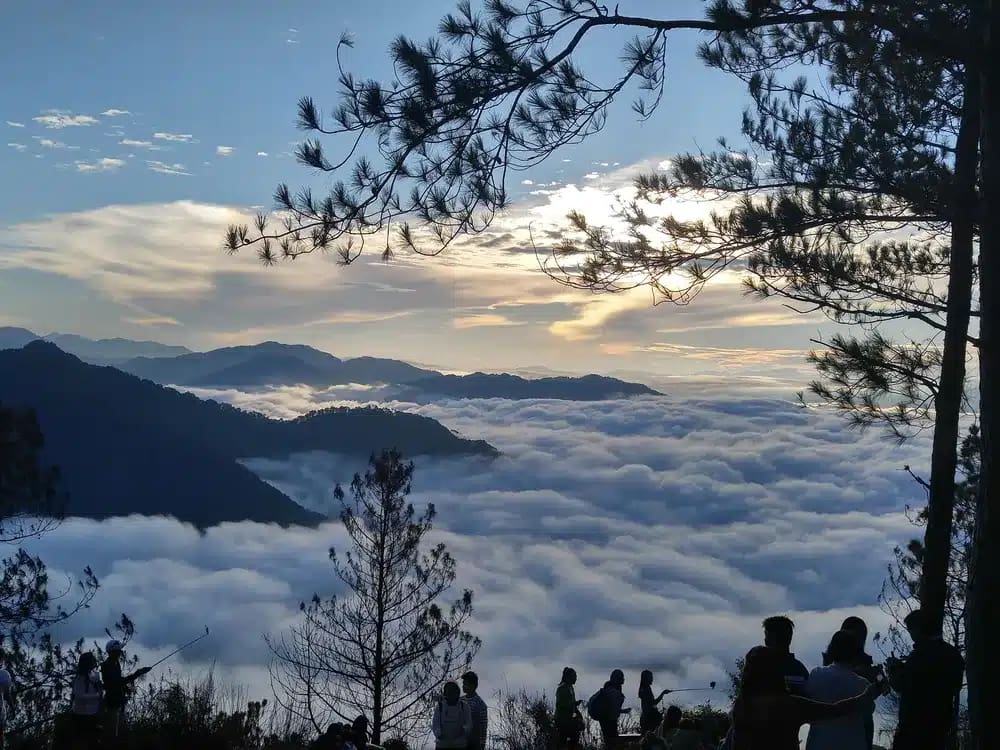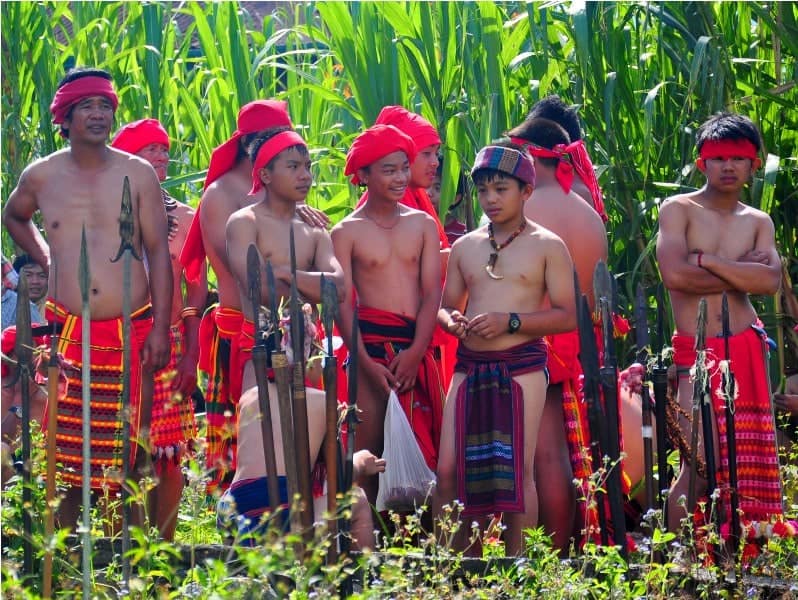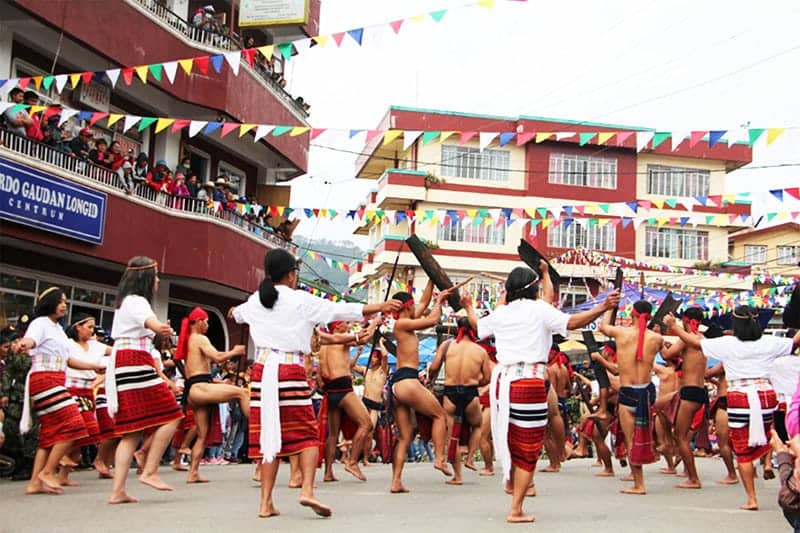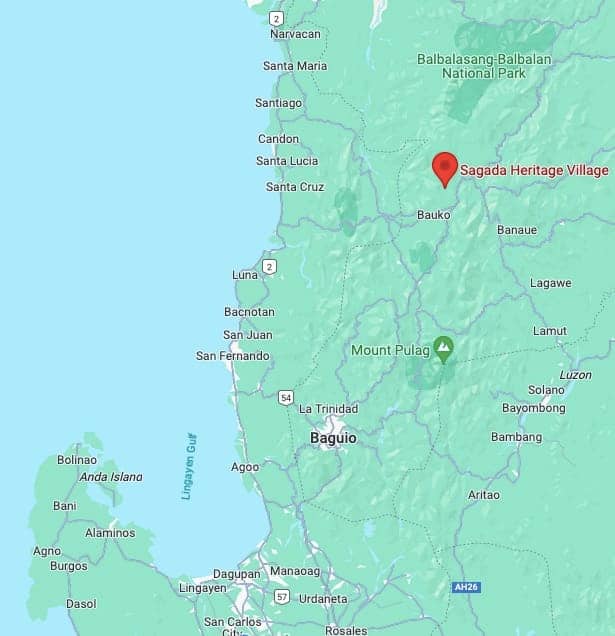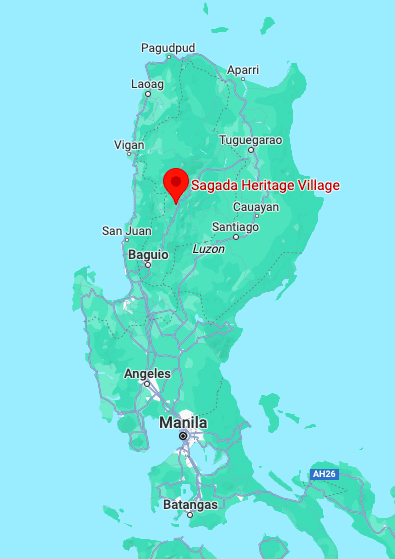
Introduction: Discovering Sagada’s Enchantment
Perched high in the Cordillera Mountains of Northern Luzon, Sagada beckons travelers with its cool climate, scenic landscapes, rich cultural heritage, and mysterious caves. A refuge from the hustle of urban life, Sagada offers a unique blend of natural wonders and indigenous traditions. In fact, it has so much to offer that Tripadvisor had to dedicated an entire section for it.
Caves and Caverns: Delving into Sagada’s Depths
Among the prime attractions of Sagada are its extensive cave networks.
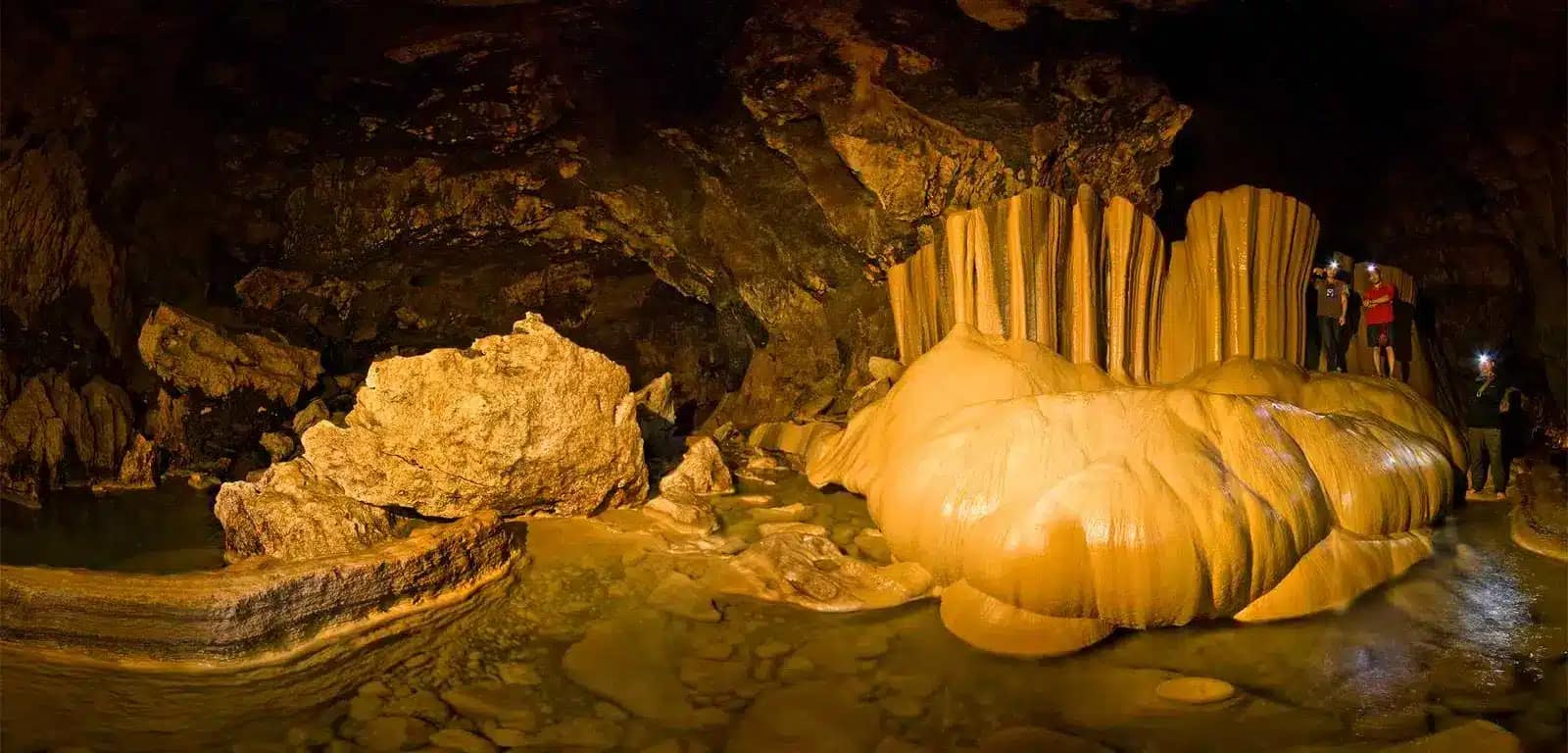
- Sumaguing Cave: Often termed the ‘Big Cave’, Sumaguing offers a challenging spelunking experience.
Stalactites and stalagmites form awe-inspiring sculptures within this natural gallery.
- Lumiang Cave: Home to centuries-old wooden coffins, Lumiang provides a glimpse into Sagada’s ancient burial practices.
Hanging Coffins: Sagada’s Signature Sight
One cannot speak of Sagada without mentioning its iconic hanging coffins. Suspended on the limestone cliffs, these coffins bear testament to an age-old Igorot funeral tradition that has fascinated travelers for decades.
Sagada’s Ancient Burial Practices: A Blend of Tradition and Nature
The indigenous people here have practiced a unique and captivating burial ritual for centuries. This practice is deeply rooted in their beliefs about life, death, and the interplay between humans and nature.
Hanging Coffins: The most iconic representation of Sagada’s burial customs is the sight of the “hanging coffins” that cling to the high limestone cliffs. Here’s a deeper look into this practice:
- Elevated Resting Place: Elders, with the assistance of their families, choose their final resting spot, often alongside the coffins of their ancestors. Suspending coffins in this manner is believed to bring the deceased closer to their ancestral spirits and the heavens.
- Smaller Coffins: It might be surprising to see that the coffins are relatively smaller than typical Western coffins. This is because the deceased are placed in a fetal position, symbolizing the start of another life.
- Selection: Not everyone is accorded the honor of a hanging coffin burial. Traditionally, it was reserved for individuals who died of natural causes in their old age, having gone through marriage and having had grandchildren.
Cave Burials: Apart from the hanging coffins, many of the deceased are also placed inside caves, a practice that is believed to protect the souls from bad spirits and keep them warm.
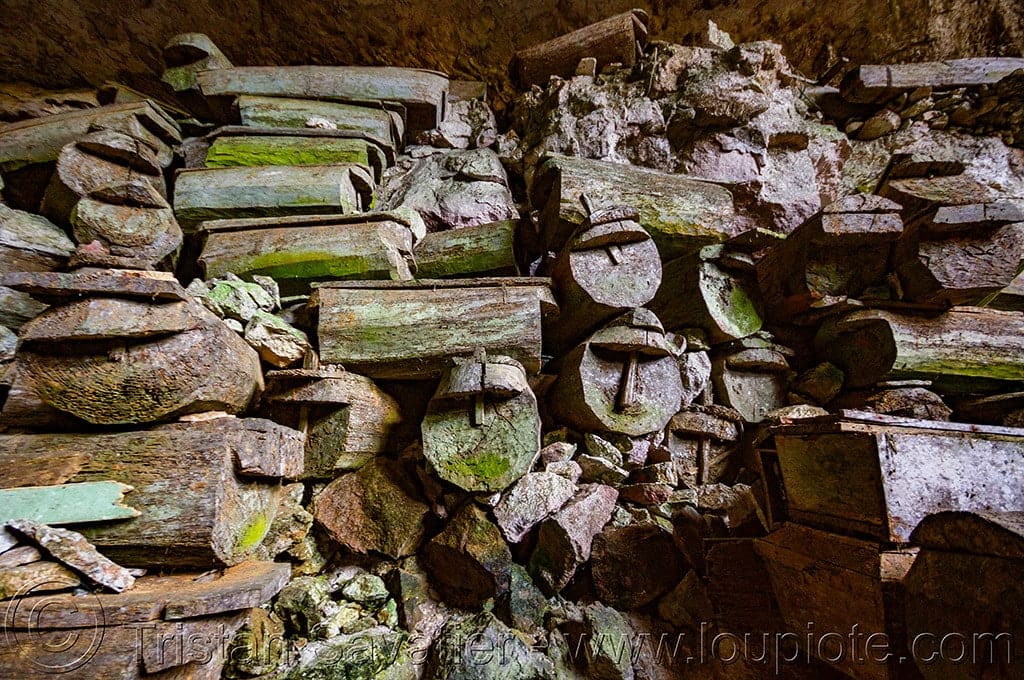
- Lumiang Cave: This cave, in particular, has an entrance filled with stacked coffins, some of which are estimated to be centuries old. The older coffins are made of hollowed logs and are often adorned with carvings and symbols.
Rituals and Beliefs: The burial process in Sagada is deeply spiritual and includes several rituals.
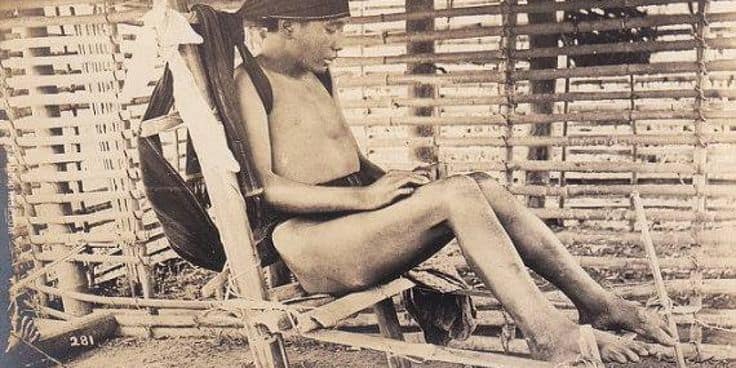
- “Sangadil” or Death Chair: When a person dies, they are placed in a sitting position on a special death chair, covered with a blanket, and then displayed near the entrance of their house. This allows community members to pay their respects.
- Mabanag: During the mourning period, known as “mabanag”, certain customs, such as refraining from celebrations, are observed out of respect for the departed.
The ancient burial practices of Sagada are a testament to the deep connection the indigenous people feel with nature and their ancestors. These traditions, while continually facing the pressures of modernization, remain an integral part of Sagada’s cultural fabric, drawing visitors and anthropologists alike to understand and witness the interplay of death, life, and nature in this highland community.
Getting to the Hanging Coffins from Sagada Town Proper
Sagada, with its rich cultural heritage and mesmerizing natural beauty, has become a sought-after destination in the Cordilleras of the Philippines. The hanging coffins are undoubtedly among its most iconic attractions. Here’s a step-by-step guide to reach these ancient burial sites:
1. Start at the Sagada Tourist Information Center: Before anything else, all tourists visiting Sagada are required to register at the Tourist Information Center located in the town proper. Here, you’ll pay a small environmental fee and receive essential information about guided tours and attractions.
2. Secure a Local Guide: For the protection of the sites and the safety and education of visitors, you’ll need to hire a local guide (available at the Tourist Information Center) to visit the hanging coffins. This is a way to ensure that the cultural significance is explained and respected, and it also supports the local community.
3. Choose Your Trail: There are various points where the hanging coffins can be observed, but the most accessible and commonly visited is at Echo Valley.
- Echo Valley Trail: This is the most straightforward trail. From the town proper, it’s a short 15-20 minute walk to the entrance of Echo Valley. Once in the valley, a trek downhill for about another 10-15 minutes will bring you face-to-face with the hanging coffins. The path is generally well-trodden but can be slippery in wet conditions, so appropriate footwear is advised.
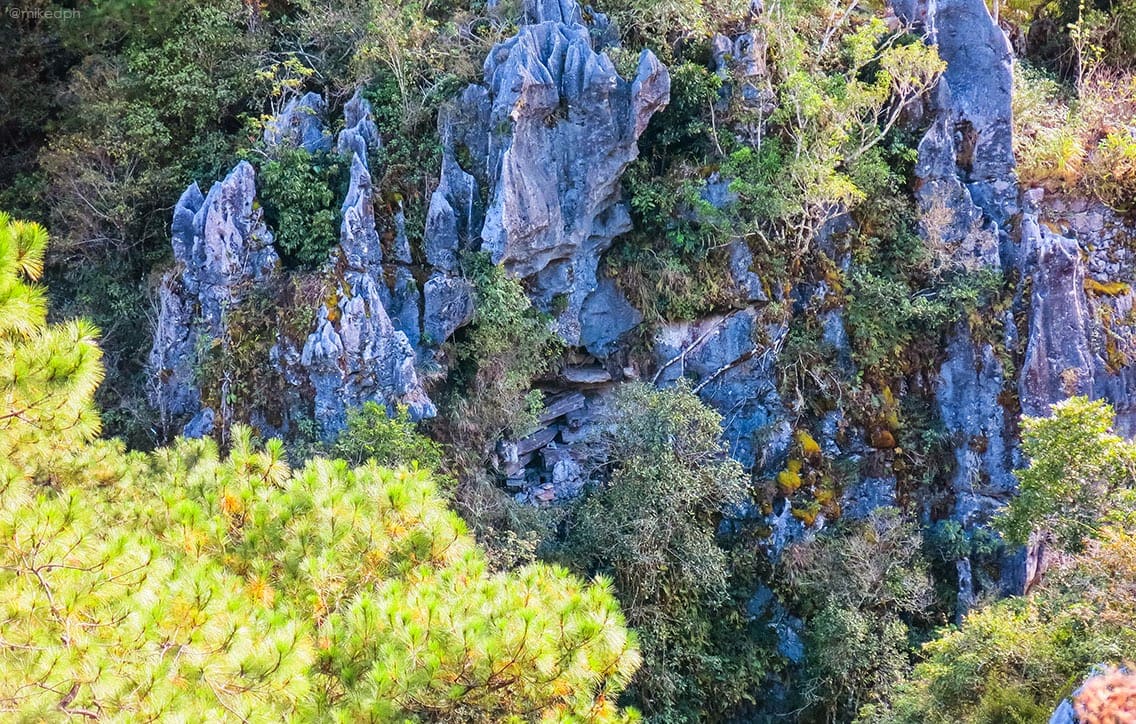
4. Respect the Site: As you approach and observe the hanging coffins, remember that this is a sacred burial site for the local community. Please maintain silence, avoid touching the coffins, and always follow your guide’s instructions.
5. Return Journey: After spending time at the hanging coffins, you can either return the way you came or explore more of Echo Valley and nearby sites. There are other trails leading to different attractions such as the underground river and various caves, but these might require additional time and preparation.
Conclusion: Visiting the hanging coffins in Sagada is not just about witnessing an ancient burial practice but also understanding and respecting the deep cultural roots of the indigenous community. With the right preparation and mindset, it promises to be an enriching and unforgettable experience.
Morning Mists and Sea of Clouds: Kiltepan Peak
For those chasing breathtaking sunrises, Kiltepan Peak is a must-visit. On clear mornings, visitors are treated to a surreal view of a sea of clouds blanketing the golden valleys below.
Culture and Traditions: Echoes of the Igorot Heritage
Sagada remains a stronghold of the Igorot culture. From weaving practices to traditional dances and rituals, the town provides a window into the customs of the indigenous communities of the Cordilleras.
Culinary Delights: Savoring Sagada’s Flavors
Beyond its natural and cultural attractions, Sagada surprises with its culinary offerings. Dishes like Pinikpikan (a traditional chicken dish) and the town’s freshly brewed mountain coffee are must-tries for any visitor.
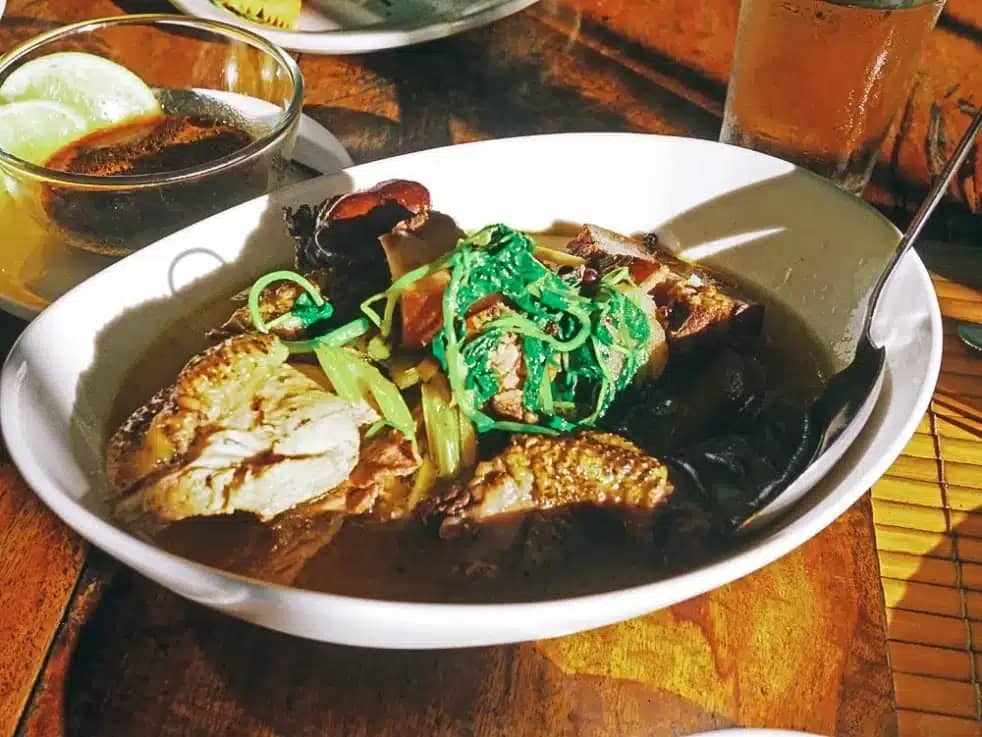
Getting to Sagada
Traveling to Sagada is an adventure in itself. The most common route is from Baguio City, taking a scenic 6-hour bus ride through winding mountain roads (a bit farther than to Mount Pulag – description how to get to Baguio City). The journey, though long, offers panoramic views of the Cordillera landscapes.
Getting to Sagada from Baguio City: A Scenic Journey Through the Cordilleras
1. By Private Vehicle:
- Baguio to Sagada Route: If you’re driving, the most common route from Baguio City to Sagada is via the Halsema Highway (also known as the Baguio-Bontoc Road).
- Drive Details: You will pass through scenic highland views, overlooking vegetable terraces, and small mountain towns like La Trinidad, Atok, and Bontoc. The drive can be challenging due to winding roads, occasional fog, and variable road conditions. But with stops, it provides multiple photo opportunities of the picturesque Cordillera landscapes.
- Duration: The drive usually takes around 4-6 hours, depending on the weather and road conditions.
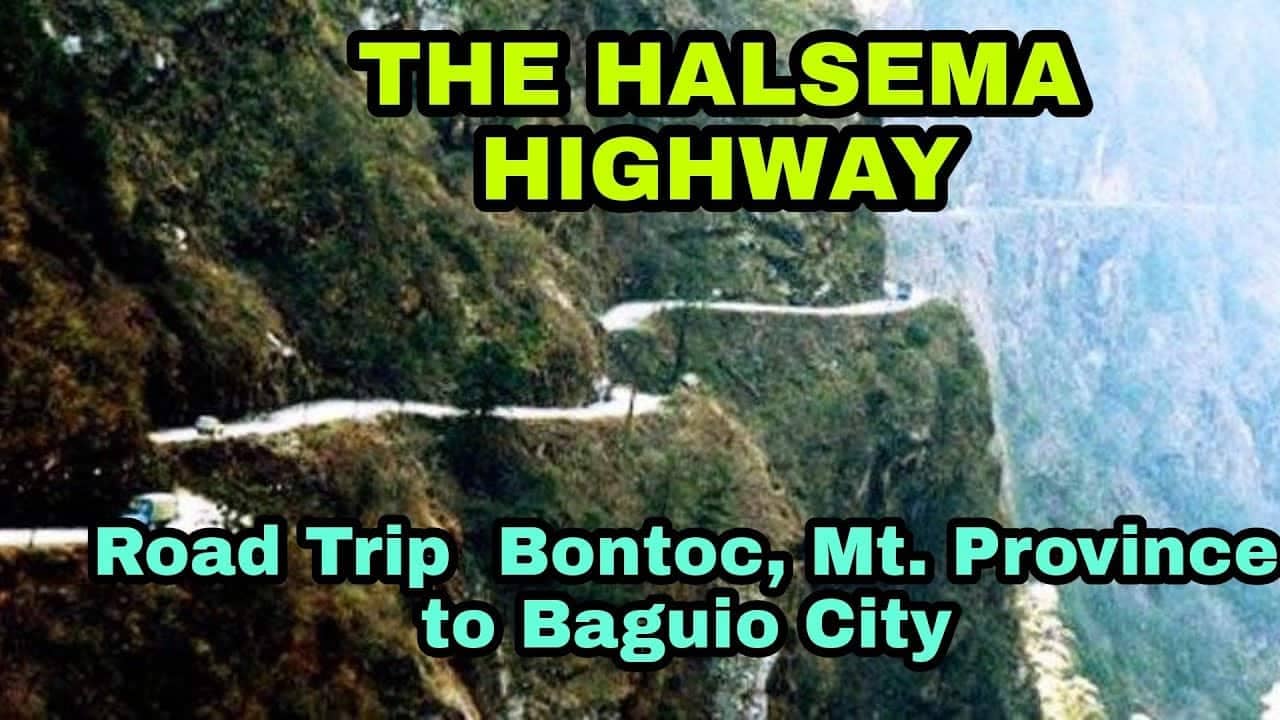
2. By Public Transportation:
- Bus from Baguio to Bontoc: From the Baguio Terminal (usually located at Dangwa Terminal), there are buses bound for Bontoc, the capital town of Mountain Province. The bus journey offers a similar scenic route as private vehicles and takes about 5-6 hours.
- Jeepney from Bontoc to Sagada: Upon reaching Bontoc, transfer to a jeepney heading to Sagada. Jeepneys are the primary mode of public transportation in the area. The trip from Bontoc to Sagada takes approximately 45 minutes to an hour.
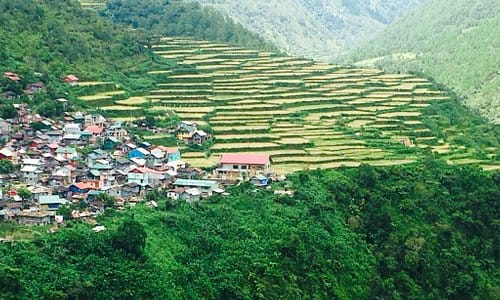
3. Travel Tips:
- Safety First: The roads can be narrow, winding, and sometimes foggy, especially during the rainy season. Whether you’re driving or taking a bus, ensure your vehicle is in good condition, and always prioritize safety.
- Prepare for Changing Temperatures: The Cordillera region can get quite chilly, especially during the early mornings and evenings. Bring layered clothing, including jackets and scarves.
- Pack Snacks and Water: While there are some stores and stops along the way, it’s always a good idea to have snacks and water with you for the journey.
- Respect Local Communities: The journey to Sagada will take you through various indigenous communities. Always be respectful, ask for permission before taking photos, and observe local customs.

Conclusion: Sagada, More than Just a Destination
Sagada isn’t just a place to visit; it’s an experience. From its mystical caves to its time-honored traditions, it promises a journey that both soothes the soul and ignites the spirit of adventure. Traveling from Baguio City to Sagada is not just a means to an end but part of the adventure itself. The route offers a deeper understanding of the Cordillera region’s topography and a glimpse into the daily lives of its inhabitants. As with many destinations in the Philippines, the journey is as enriching as the destination itself. For those seeking an authentic highland experience in the Philippines, Sagada awaits.
And if you are up for more authentic experience, we’d love to show you the way through the beautiful, remote islands of the jewel of the Philippines, Palawan, in a private or group mutliday expedition boat tour.
Experience the thrill of island hopping in the Philippines
FAQs
Is Sagada part of Baguio?
Nope! While both are highland gems, Sagada is its own enchanting town located in the Mountain Province, distinct from the bustling city vibes of Baguio.
What is Sagada Philippines known for?
Sagada is a mystical haven, renowned for its hanging coffins, captivating caves, and the serene Echo Valley. It’s where nature, culture, and adventure intertwine!
Is Sagada farther than Baguio?
Yes, indeed! Venturing further north from Baguio, Sagada awaits, roughly 5 to 6 hours away by road. The journey is as scenic as the destination!
What month is the best to go in Sagada?
Pack your bags for November to February! These cooler months unveil Sagada in all its misty glory, perfect for cozying up with a cup of local brew.
Can I wear shorts in Sagada?
You can! But given the cooler climate and potential for outdoor adventures, it’s wise to pack some long pants too for warmth and protection.
Is it hard to climb Sagada?
Sagada offers a range of treks, from gentle walks to more challenging climbs. Whether you’re exploring caves or hiking trails, there’s an adventure for every fitness level.
Are there rice terraces in Sagada?
Absolutely! While not as vast as Banaue’s, Sagada boasts its own picturesque rice terraces, sculpted over centuries and a testament to local ingenuity.
What makes Sagada special?
Sagada is a tapestry of natural wonders, age-old traditions, and warm hospitality. From its echoing valleys to its spiritual rituals, it’s a place that speaks to the soul.
What should I wear to Sagada?
Embrace comfy layers! With its cooler temperatures, think jackets, scarves, and sturdy shoes for those enchanting treks. And don’t forget a raincoat, just in case!
How long should I stay in Sagada?
Give yourself 3 to 4 days, or even more! With its myriad of caves, waterfalls, treks, and cultural sites, Sagada deserves a leisurely exploration.
Is it worth it to go to Sagada?
Without a doubt! Sagada offers a unique blend of adventure and serenity, making it a must-visit for those seeking both thrill and tranquility.
What is the deepest cave in Sagada?
Plunge into the Sumaguing Cave! Often dubbed the “Big Cave,” it’s Sagada’s largest and most popular spelunking spot, with stunning rock formations that’ll leave you in awe.
SEO Keywords: Sagada, Northern Luzon, Cordillera Mountains, Sumaguing Cave, Lumiang Cave, hanging coffins, Igorot culture, Kiltepan Peak, sea of clouds, Pinikpikan, mountain coffee, Baguio City, indigenous traditions.
Booking - Private Tours
We are a family operation and would love to show you around our beautiful country. We primarily focus on private tours catering to clients interested in a custom and unique experience. Otherwise we offer lots of free information on these pages for budget travelers. Feel free to contact us so we can design the perfect package for you!
Home » Luzon » Explore »

Good recommandation for the overnight stay.
The crew was very helpful
and they prepared very nice meals for us.
Strongly recommended
I wanted to surprise my girlfriend with a special engagement in beautiful El Nido!!
Melasel arranged everything for me and had so many great suggestions and knowledge of how to make this a magical day! I was super worried because it is difficult to arrange such an important event when you live on the other side of the world! But Mel was amazing and understood exactly what I wanted! And went out of her way to accommodate all my requests!
She even had a clever story to tell my girlfriend to cover the photographer being with us all day!
On the day the weather was very rainy with many showers. Mel and Rene were in constant contact with me with plan B and even contacted our hotel to discuss options of hosting the proposal there. Completely above and beyond what I paid for.
Luckily in the end the weather gave us a small window and Mel set everything up beautifully on a sand bar floating in the middle of crystal clear waters surrounded by limestone islands with stunning rocky formations.
Island Hopping in the Philippines somehow peered into my brain and delivered a perfect replica of the proposal I had in my head.
It was simply perfect down to the smallest detail! Thank you so much, I cannot recommend you guys enough!!
As most of people usually feel, once your money has been transferred out to someone you do not know, you probably frustrated that your money would not be able to be refunded.
But not in my experience. I dont need to be worry, the owner refunded me the money he has received (minus the bank fees). He promised to refund me and he did it. It was around 18.700 Pesos.
So, eventhough i didn't manage to go with the tour, but i am really satisfied with their legitimate and great business practice. Hopefully, people will try their services and not worry about their legit business!
Thanks a lot!
First of all the booking part was really simple. I organized this trip to the Philippines last minute for my family (my parents and my uncles) but Karel answered all my questions very quickly and really made everything easier for me. It was an incredible experience. Albert, our tour leader, is a wonderful guy, always smiling and ready to help us. They assisted us in everything and really took care of making everything go smoothly. The accommodation on the islands is as spartan as you expect but the location of each hut alone is worth the trip. The wonder of nature was then added to the goodness of cuisine. It's really difficult to argue how you can cook all that goodness on a boat.
If you are looking for an authentic experience, in contact with nature, off the beaten track, this company's private expedition is certainly for you.
Super ultimate tour is the best with Kayangan and barracuda lake, twin lagoons (my favorite), coral garden (blue fabulous coral) were the best. It’s really worth it to pay for private tour (3500 to 4000 PHP). You will also have to pay for entrance fees (150 to 200PHP by location) and eventually shopping at the market - must do (count 300 for 2 for fish, pork, fruits and vegetables, water).
Based on the comments, I contacted Mel.
Very responsive, very efficient and perfect organization.
The on-board staff were very friendly and very helpful.
And I'm not even talking about the meal on board...a marvel.
In all fairness, this excursion will remain an excellent memory and I cannot recommend Mel and his team highly enough.
A big thank-you.
If you love camping this is definitely a tout you should do, it has been the highlight of our trip!!
We are a family operation managing private custom boat tours in the beautiful Palawan area, and are happy to help travelers with their plans through the country, having traveled a lot of it ourselves and planning to visit it all.
Submit your review | |
The trip really gave us a very indepth exposure of the mountain province, which go beyond normal sightseeing. It also allow us to have a better understanding of the people and culture. The view of the rice fields are just gorgerous. The hiking/ caving part could be phsyically challenging to us but the guides have been very caring and supportive to tailor the experience to our levels. We are grateful that we have made it!!


